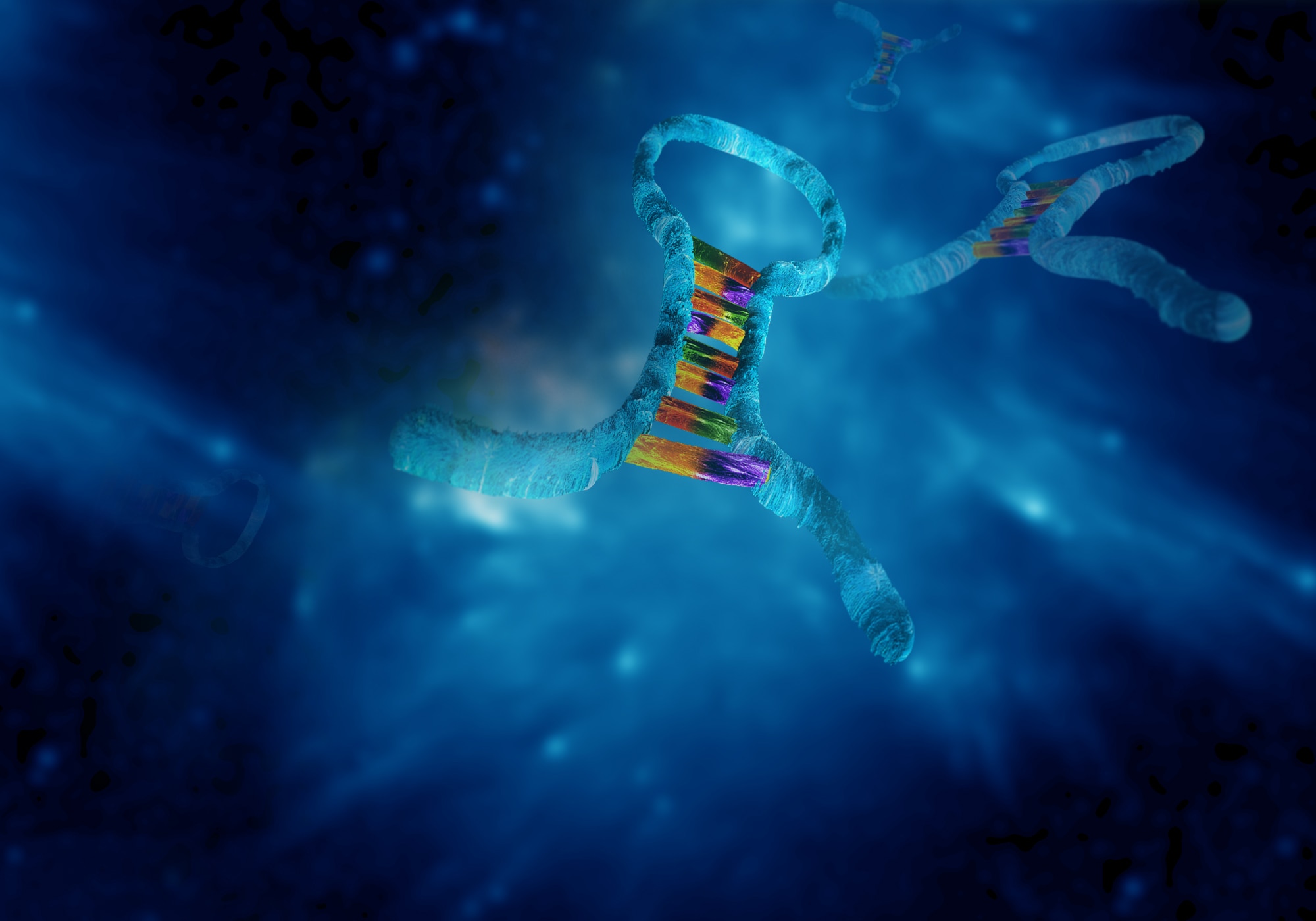
nCounter® miRNA Expression Panels
Accelerating Your Research with microRNA (miRNA) Profiling
A powerful tool for detecting small RNAs in challenging sample types and extracellular vesicles
Despite up to 30% of human genes being regulated by microRNA (miRNA), most conventional small RNA profiling technologies like miRNA sequencing can be costly, onerous, and require complex data analysis. In addition, they require RNA purification and multiple enzymatic steps that can be challenging for biofluid samples like serum and plasma. And when it comes to trying to detect miRNA in extracellular vesicles, the small strand length and low natural abundance volume makes that even more challenging.
When developing reliable and robust miRNA signatures for different diseases, you need a robust and reliable platform that works well with multiple sample types.
nCounter miRNA Expression Panels utilize NanoString’s amplification-free technology to do expression profiling by direct quantification of individual RNA molecules. The assay detects miRNAs without the use of reverse transcription or amplification by using molecular barcodes.
Therefore, it is easier and faster to validate miRNA biomarkers compared to small RNA sequencing, GeneChip arrays, or TaqMan MicroRNA assays, and the results are highly reproducible. Additionally, since nearly all miRNA reads in the literature are associated with 200-300 miRNAs, it is best to work with a platform that maximizes the biologically relevant coverage, but delivers fast turnaround time when working in biomarker discovery.
With nCounter miRNA Expression Panels, you can:
- Reliably detect and quantitate the most biologically relevant human or mouse miRNAs
- Generate results directly from FFPE, blood, or biofluids
- Utilize a chemistry that allows unambiguous discrimination of miRNAs with single nucleotide differences and six logs of dynamic range
- Streamline workflows with cost effective panels that take <1 hour hands-on time and get publication ready results within 24 hours
- Access protocols for detecting miRNA in extracellular vesicles
Hot miRNA Research Areas

miRNA-mRNA Interactions
One of the most common miRNA research areas involves interrogating miRNA-miRNA interactions. Since microRNAs are key regulatory molecules that function by binding directly to mRNA, they can cause less efficient translation of the target mRNAs. MiRNA-mRNA interactions are important for the following application areas:
Exosomes and Extracellular Vesicles
Despite their discovery more than 35 years ago, knowledge of exosomes (and extracellular vesicles) and the role they play in disease is an emerging area of research. They are found in multiple types of extracellular fluids, such as blood and biofluids. The challenge, however, is to identify, isolate, and quantify exosomes accurately, efficiently, and most importantly, selectively.
Check out our white paper on applications with exosomes and extracellular vesicles in miRNA research.
How the microRNA (miRNA) Expression Panel was Developed
High miRBase Coverage
In bioinformatics, the miRBase database is considered the best source of information on microRNA sequences and annotation.
Although there are more than 38,000 known miRNA sequences, only a fraction of those are considered biologically relevant or useful for potential clinical applications. A confidence level has been assigned to each miRNA hairpin based on a set of quantitative guidelines associated with the mapping of sequencing reads.
The nCounter miRNA panels contain a probe for all the miRNA hairpins denoted as “high confidence”. Additionally, NanoString uses proprietary metrics such as observed read ratios and expression analytics in order to screen potential content for inclusion in the panel. Together, these methods help ensure that the miRNA panel content is heavily weighted toward biologically significant miRNAs, making it ideal for biomarker discovery and validation.

Panel Selection Tool
Find the gene expression panel for your research with easy to use panel pro
Find Your PanelProduct Information

Request a Quote
Contact our helpful experts and we’ll be in touch soon.

Publications
Single-cell and spatial multi-omics highlight effects of anti-integrin therapy across cellular compartments in ulcerative colitis
Ulcerative colitis (UC) is driven by immune and stromal subsets, culminating in epithelial injury. Vedolizumab (VDZ) is an anti-integrin antibody that is effective for treating UC.
In situ single-cell profiling sheds light on IFI27 localisation during SARS-CoV-2 infection
The utilization of single-cell resolved spatial transcriptomics to delineate immune responses during SARS-CoV-2 infection was able to identify M1 macrophages to have elevated expression of IFI27 in areas of infection.
The SARS-CoV-2 pandemic has affected over 600 million people to date, resulting in over 6.
Whole transcriptome profiling of placental pathobiology in SARS‐CoV‐2 pregnancies identifies placental dysfunction signatures
Objectives: Severe Acute Respiratory Syndrome Coronavirus 2 (SARS‐CoV‐2) virus infection in pregnancy is associated with higher incidence of placental dysfunction, referred to by a few studies as a ‘preeclampsia‐like syndrome’. However, the mechanisms underpinning SARS‐CoV‐2‐induced placental malfunction are still unclear.








